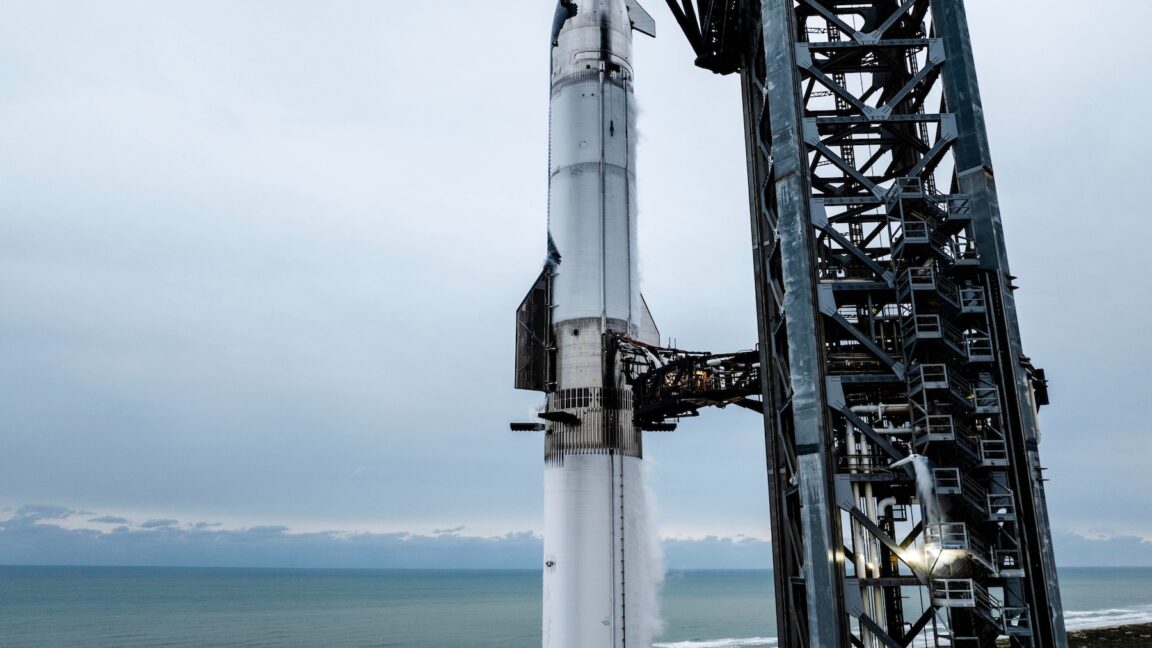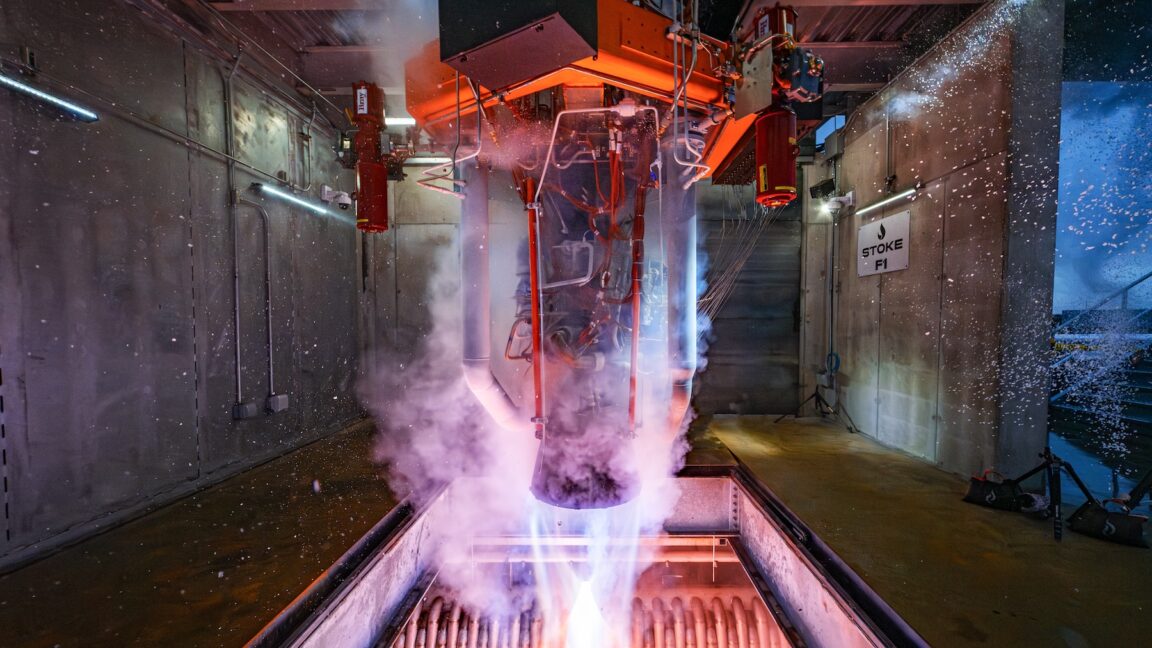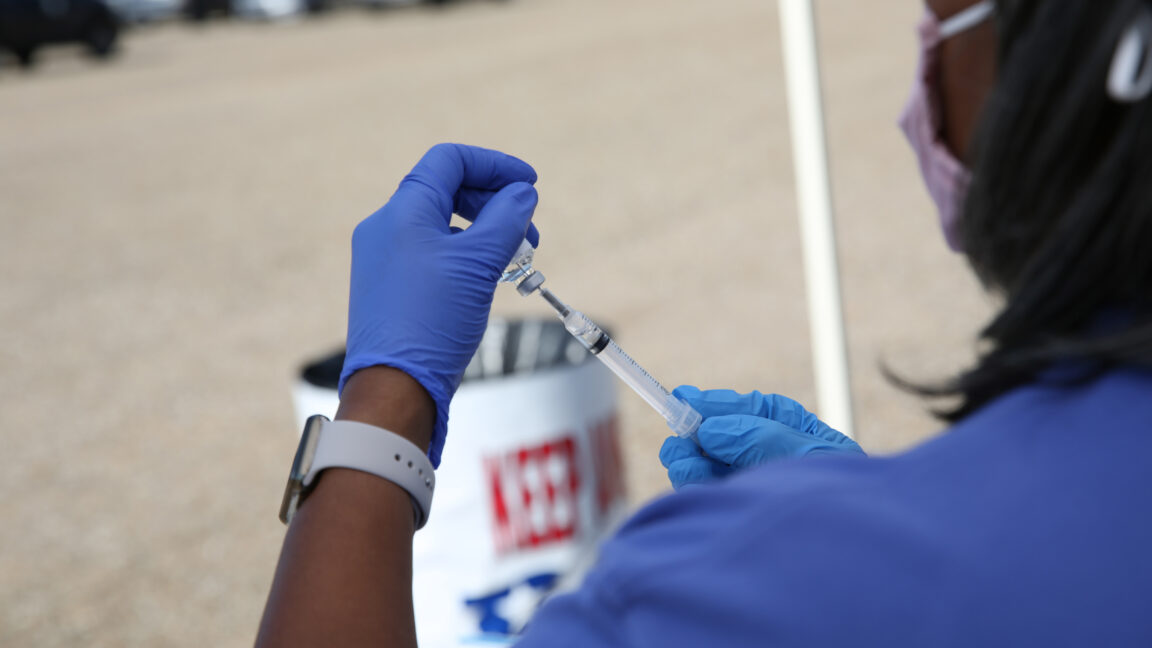Here’s what NASA would like to see SpaceX accomplish with Starship this year

SpaceX plans to launch the seventh full-scale test flight of its massive Super Heavy booster and Starship rocket Thursday afternoon. It's the first of what might be a dozen or more demonstration flights this year as SpaceX tries new things with the most powerful rocket ever built.
There are many things on SpaceX's Starship to-do list in 2025. They include debuting an upgraded, larger Starship, known as Version 2 or Block 2, on the test flight preparing to launch Thursday. The one-hour launch window opens at 5 pm EST (4 pm CST; 22:00 UTC) at SpaceX's launch base in South Texas. You can watch SpaceX's live webcast of the flight here.
SpaceX will again attempt to catch the rocket's Super Heavy booster—more than 20 stories tall and wider than a jumbo jet—back at the launch pad using mechanical arms, or "chopsticks," mounted to the launch tower. Read more about the Starship Block 2 upgrades in our story from last week.
You might think of next week's Starship test flight as an apéritif before the entrées to come. Ars recently spoke with Lisa Watson-Morgan, the NASA engineer overseeing the agency's contract with SpaceX to develop a modified version of Starship to land astronauts on the Moon. NASA has contracts with SpaceX worth more than $4 billion to develop and fly two Starship human landing missions under the umbrella of the agency's Artemis program to return humans to the Moon.
We are publishing the entire interview with Watson-Morgan below, but first, let's assess what SpaceX might accomplish with Starship this year.
There are many things to watch for on this test flight, including the deployment of 10 satellite simulators to test the ship's payload accommodations and the performance of a beefed-up heat shield as the vehicle blazes through the atmosphere for reentry and splashdown in the Indian Ocean.
If this all works, SpaceX may try to launch a ship into low-Earth orbit on the eighth flight, expected to launch in the next couple of months. All of the Starship test flights to date have intentionally flown on suborbital trajectories, bringing the ship back toward reentry over the sea northwest of Australia after traveling halfway around the world.
Then, there's an even bigger version of Starship called Block 3 that could begin flying before the end of the year. This version of the ship is the one that SpaceX will use to start experimenting with in-orbit refueling, according to Watson-Morgan.
In order to test refueling, two Starships will dock together in orbit, allowing one vehicle to transfer super-cold methane and liquid oxygen into the other. Nothing like this on this scale has ever been attempted before. Future Starship missions to the Moon and Mars may require 10 or more tanker missions to gas up in low-Earth orbit. All of these missions will use different versions of the same basic Starship design: a human-rated lunar lander, a propellant depot, and a refueling tanker.









